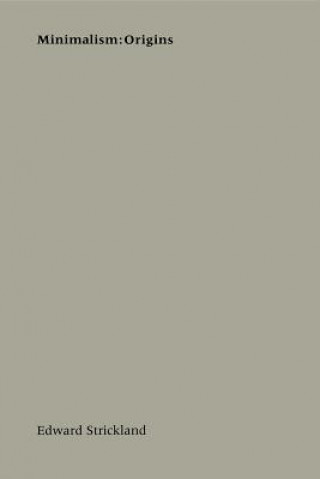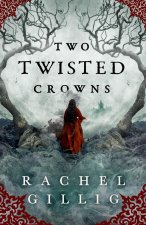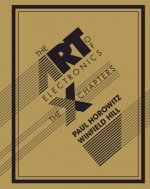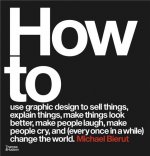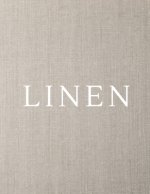
Livrare
Consilier de cumpărături





Nu se pretează? Nu contează! La noi puteți returna bunurile în 30 de zile
 Voucher cadou
orice valoare
Voucher cadou
orice valoare
Cu un voucher cadou nu veți da greș. În schimbul voucherului, destinatarul își poate alege orice din oferta noastră.
Minimalism:Origins
 engleză
engleză
 80 b
80 b
30 de zile pentru retur bunuri
Ar putea de asemenea, să te intereseze


'The death of Minimalism is announced regularly, which may be the surest testimonial to its staying power,' says Strickland in this study, the first to examine in detail Minimalist tendencies in the plastic arts and music. Investigating the origins of Minimalism in postwar American culture, Strickland redefines it as a movement that developed radically reductive stylistic innovations in numerous media. The term Minimalism appeared in the mid-1960s, primarily with reference to the stripped-down sculpture of artists like Robert Morris and Donald Judd, both of whom detested the word. In the late 1970s it gained currency when applied to the repetitive music popularised by Steve Reich and Philip Glass.In the first part of the book; 'Paint', Strickland shows how Minimalism offered a rethinking of the main schools of abstract art to mid-century. Within "Abstract Expressionism" Barnett Newman opposed the stylistic complexity of confessional action painting with non-gestural colour-field painting. Ad Reinhartdt and Ellsworth Kelly reconceived the rhythmic construction of earlier Geometrical Abstraction in 'invisible' and brilliant monochromes respectively and Robert Rauschenberg created Dadaist anti-art in pure white panels. Next, Strickland surveys Minimal music, from La Monte Young's long-tone compositions of the 1950s to his drone works of the Theatre of Eternal Music.He examines the effect of foreign and nonclassical American music on Terry Riley's motoric repetition, developed from his tape experimentation Steve Reich's formulation of phasing technique and Philip Glass' unison modules. The third part of the book treats the development of Minimal sculpture and its critical reception. Strickland also discusses analogous Minimalist tendencies in dance, film, and literature, as well as the incorporation of once-shocking Minimalist vocabulary into mass culture, from fashion to advertising. Investigating the origins of Minimalism in post-war American culture, Strickland redefines it as a movement that developed radically reductive stylistic innovations in numerous media over the third quarter of the 20th century.
Informații despre carte
 engleză
engleză
Categorii




 Cum să cumpăr
Cum să cumpăr















